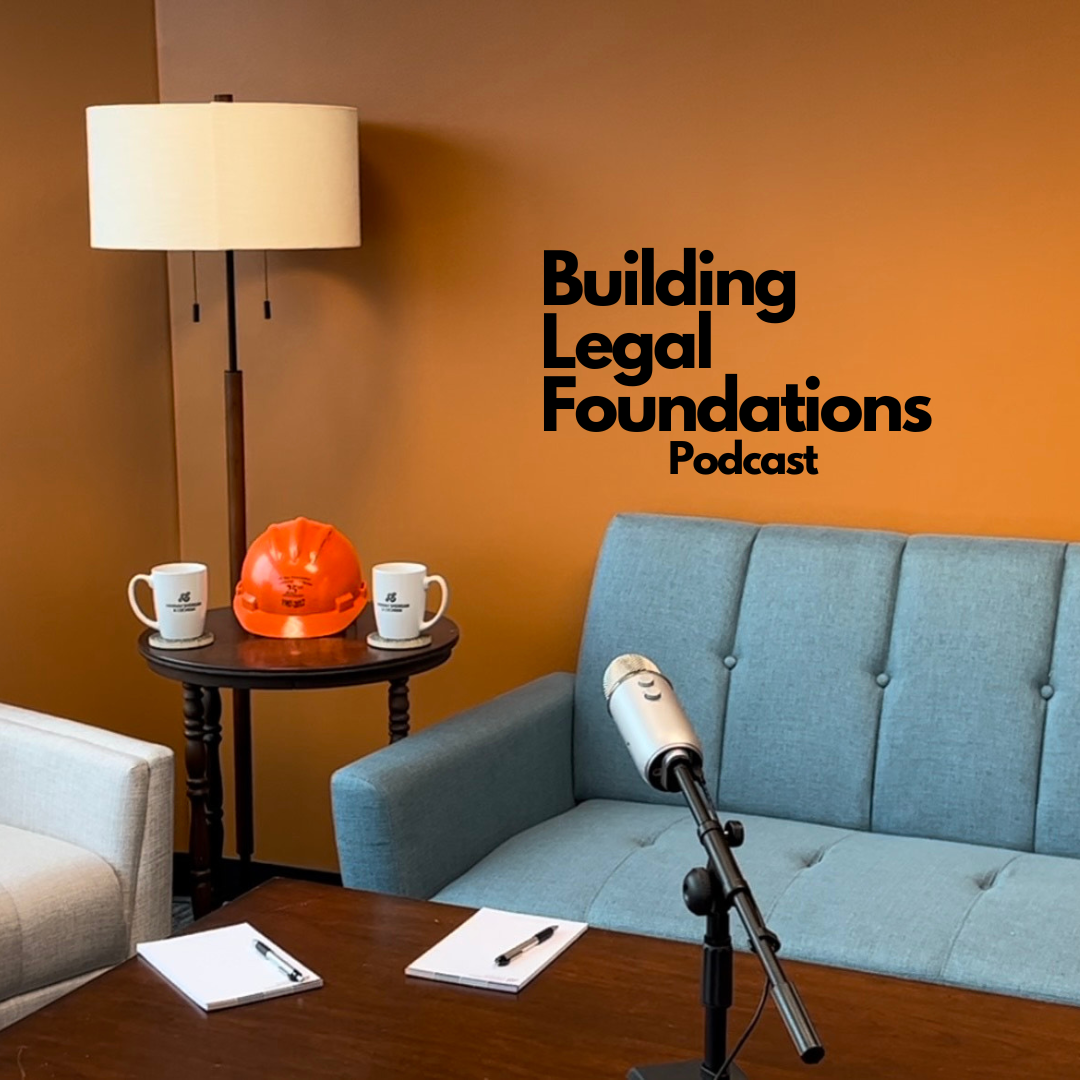Hannah Sheridan & Cochran's own podcast, previously available via Spotify, is now available to listen…
The Long and Winding Road of Bankruptcy
As the economy appears to be settling into what we can only presume is the new normal, once again contractors and subcontractors are, from time to time, filing petitions in the bankruptcy court. A few years ago, everyone was filing Chapter 7 and had no assets. Now, we are again in a time where even a Chapter 7 debtor may have assets, so the process of bankruptcy comes into play. With that in mind, this article seeks to remind the reader of the purpose and procedures of bankruptcy.
The concept of bankruptcy arose long ago as society recognized that debtors’ prisons did not serve the intended purpose of modifying behavior, nor did it pay anyone back. At the outset, the idea was to provide folks who encountered life events which put them in such a deep financial hole from which they would be hard-pressed to recover a chance to clear their slate and start over again. Even today, if you think about individuals and families who lose a job, face a life-altering medical crisis or some other life event which is economically crushing, bankruptcy serves its original purpose. The same applies to a corporate entity faced with mounting debt as a result of a busted project, changes in the economy, or a similar event which overwhelms the firm’s financial structure. It is unfortunately true that there are also individuals and businesses who find themselves in need of bankruptcy protection because of poor financial management and decisions. Then, there are the “frequent flyers” – those individuals who use debt as a means of getting ahead and the bankruptcy court as a way to mask their bad behavior (or they are just really slow learners who continuously make the same mistakes).
Understanding the general purpose of bankruptcy may help in developing some patience in what can be a rather annoying process. The purpose of the process is to either hold creditors at bay while the debtor gets back on its financial feet (Chapters 11 and 13) or to insure the fair distribution of whatever assets remain to be liquidated (Chapter 7). In any of these chapters, if a creditor protects itself by securing its debt with collateral which has value then the creditor may anticipate receiving payment in full either through the plan, outside the plan, or in the liquidation. If the collateral is otherwise encumbered, then there is no such assurance. If you hold a second deed of trust, a second position in terms of equipment, inventory and the like, then you stand to recover as much as the collateral will cover after the first position creditor has recovered. If your collateral is accounts receivable, then your opportunity for recovery is as good as the debtor’s actual chance of being paid – and there are many obstacles which may reduce that opportunity; think liens and back charges.
Chapter 11 cases are often the most frustrating. The debtor is trying to reorganize. They are supposed to pay for everything that they use post-petition (ongoing rental agreements, monthly utility bills, loan payments). There are emergency or first-day motions and orders (usually heard within a week of the filing) seeking to work with the primary lenders to get post-petition financing and permission to use the current assets of the business to maintain day-to-day operations while they get a handle on the business’ finances. Some Chapter 11’s fail at this stage, but this “stage” may take several months to play out. If you have rental or financed equipment, you must move for relief from stay or for adequate protection which is not an inexpensive process. Therefore, you are usually going to try to work through the cash collateral order to get paid and only if that fails or appears likely to fail, do you file the motion. There then is a 20-day period for the debtor to respond. Assuming they do not simply return the equipment, you have to wait for the next hearing in the case in order to have your motion heard. If the debtor can demonstrate to the court that the equipment is necessary to successfully reorganize and that they can make “adequate protection” payments on the equipment, they will get to keep it. If not, you will get it back.
The moral of this story? Think of bankruptcy as the Titanic. You may know that the ship is headed for trouble, but it is virtually impossible to turn the ship in any direction quickly. You are just along for the ride and whether it hits the iceberg or slides by will ultimately determine your fate.


